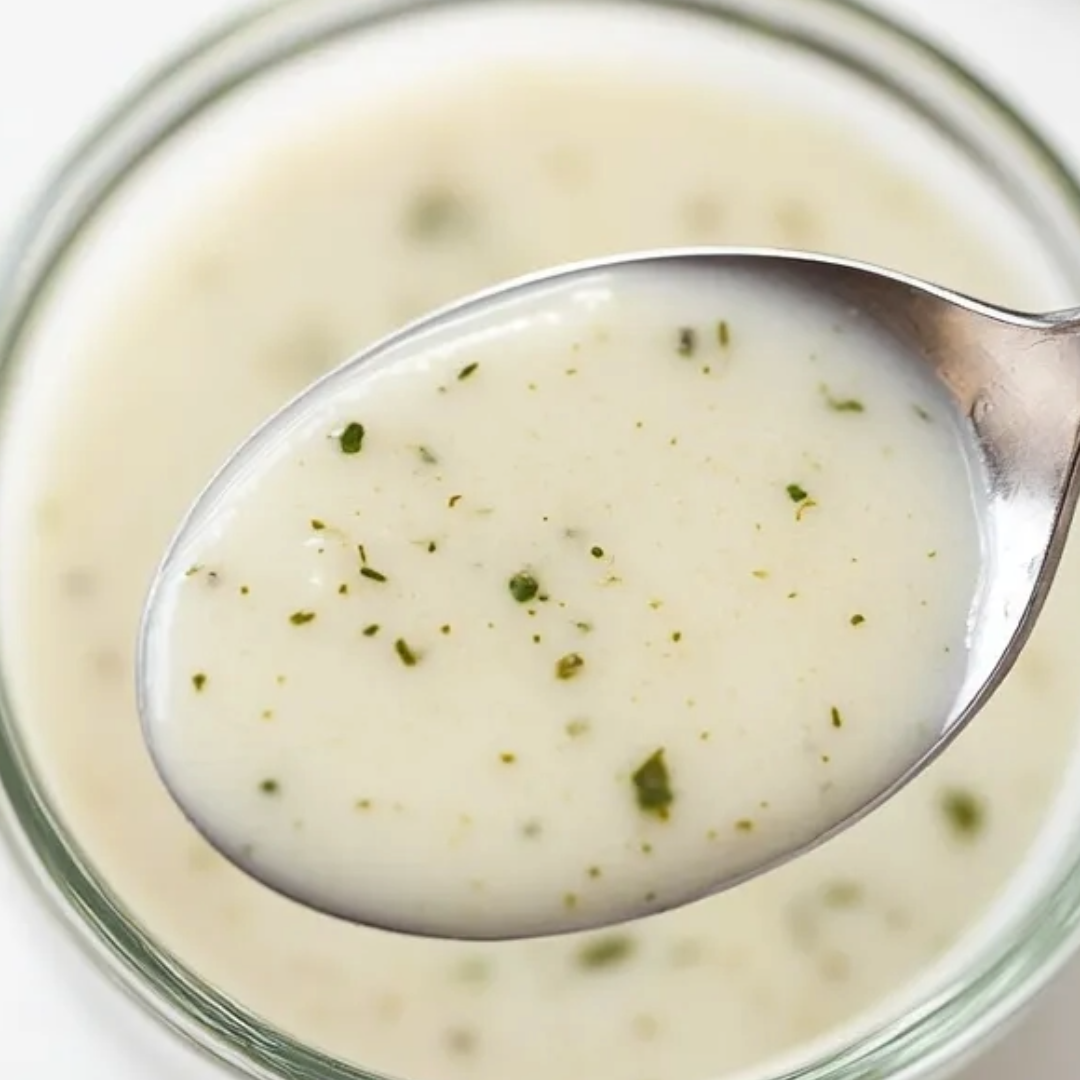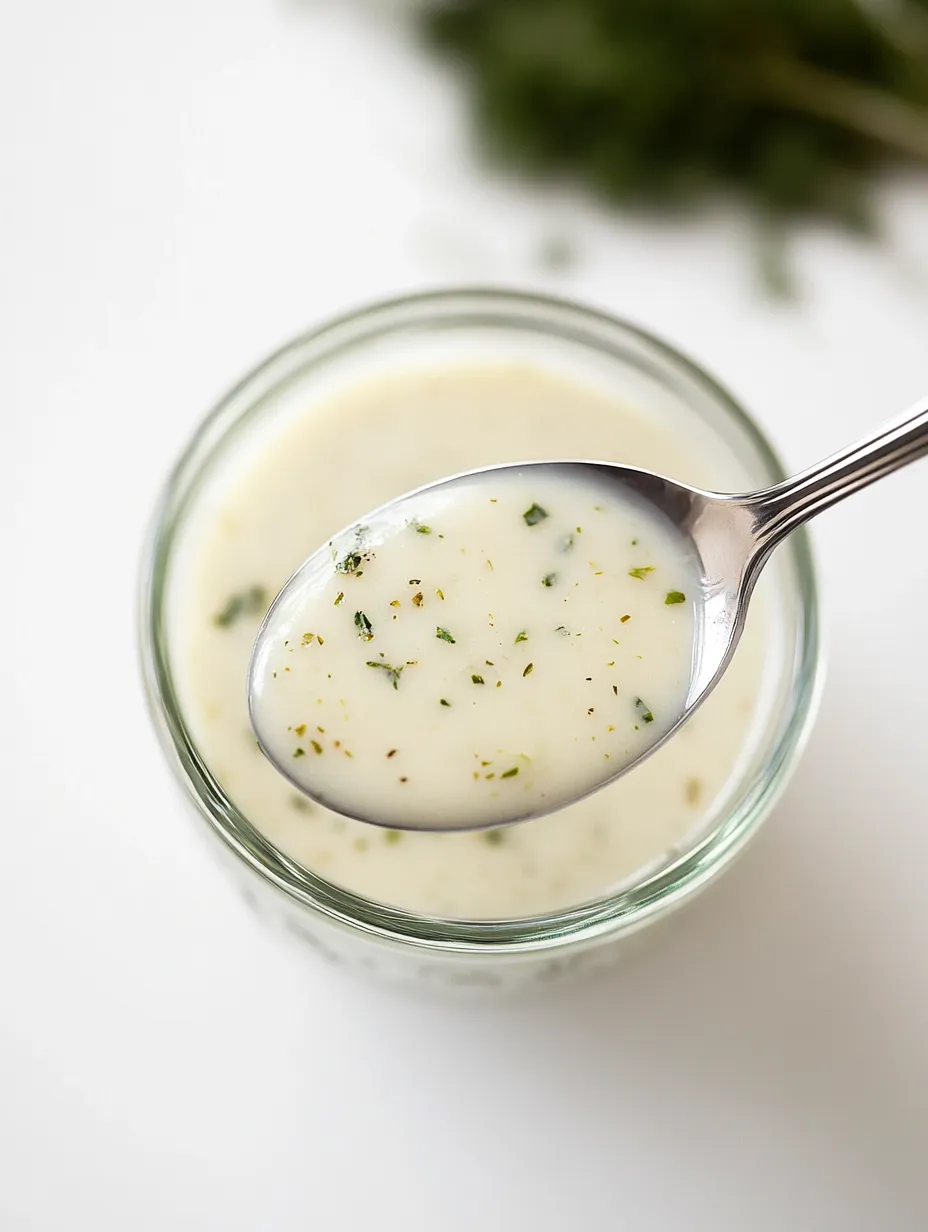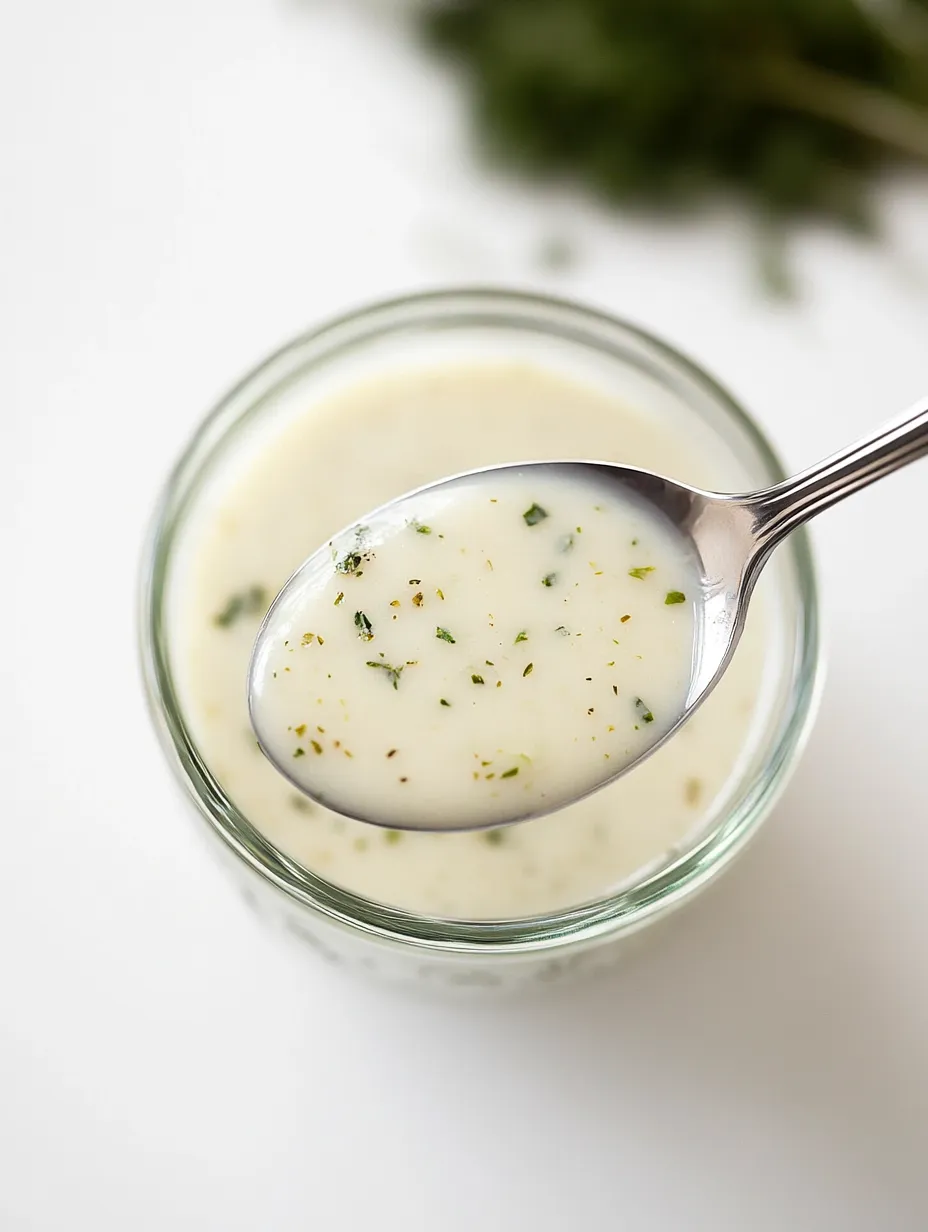 Pin it
Pin it
Garlic parmesan sauce transforms everyday ingredients into a velvety, flavor-packed creation that elevates any dish it touches. This versatile cream sauce balances the bold punch of fresh garlic with the nutty richness of parmesan cheese, creating a restaurant-quality addition to your culinary repertoire in just 15 minutes. Whether draped over pasta, drizzled on roasted vegetables, or used as a dipping sauce for bread, this single-pot wonder adds luxurious depth to meals while requiring minimal effort – making it the perfect secret weapon for both weeknight dinners and special occasions.
I discovered this sauce when searching for a way to elevate a simple pasta dinner for unexpected guests. What began as a quick solution has become my most relied-upon recipe – the one I turn to whenever I need to transform basic ingredients into something that tastes like I spent hours in the kitchen. My family now requests it weekly, and friends always ask for the recipe!
Ingredients and Selection Tips
- Butter: Unsalted gives you better control over the final seasoning; European-style contains more fat for extra richness
- Garlic: Fresh cloves provide the most vibrant flavor; mince finely for even distribution
- Italian Seasoning: A balanced herb blend saves time; substitute individual dried herbs if needed
- All-Purpose Flour: Creates the perfect body and thickness; measure precisely for consistent results
- Broth: Vegetable or chicken both work beautifully; low-sodium varieties let you control salt levels
- Heavy Cream: Provides luxurious texture; half-and-half works for a lighter version
- Parmesan Cheese: Freshly grated melts more smoothly than pre-packaged; aged varieties offer deeper flavor
 Pin it
Pin it
Detailed Cooking Instructions
- Step 1:
- Begin by gathering and preparing all your ingredients before you start cooking. Mince 4 cloves of garlic, measure out your liquids, and grate a generous half cup of fresh Parmesan cheese. This preparation ensures a smooth cooking process without any last-minute scrambling that could lead to overcooked garlic or lumpy sauce.
- Step 2:
- Melt 2 tablespoons of unsalted butter in a medium saucepan over medium heat until it begins to foam slightly but doesn't brown. This creates the perfect fat base for your sauce, providing richness and a silky mouthfeel to the finished product.
- Step 3:
- Add the minced garlic and 1 teaspoon of Italian seasoning to the melted butter, stirring constantly for about one minute. This brief cooking period allows the garlic to release its aromatic compounds and the dried herbs to bloom in the fat without developing any bitterness from overcooking.
- Step 4:
- Sprinkle 2 tablespoons of all-purpose flour over the garlic and herb mixture, whisking constantly for about 30 seconds until it forms a smooth paste with no visible dry flour. This roux will thicken your sauce beautifully while preventing any floury taste in the final product.
- Step 5:
- Gradually pour in 1 cup of vegetable or chicken broth while whisking continuously to prevent lumps from forming. Adding the liquid slowly allows the flour to absorb it properly, creating a smooth base without clumps. Once all the broth is incorporated, continue to whisk for about 2 minutes as the mixture begins to thicken slightly.
- Step 6:
- Pour in 1 cup of heavy cream in a steady stream while continuing to whisk, maintaining the smooth texture of your developing sauce. The cream adds richness and body, transforming the broth base into something truly luxurious. Allow this mixture to come to a gentle simmer – bubbles should just begin to break the surface, but never a full boil.
- Step 7:
- Reduce the heat to low once the sauce begins to simmer, then gradually add the freshly grated Parmesan cheese a handful at a time, whisking after each addition until completely melted. This gradual incorporation ensures the cheese melts smoothly without clumping or creating a grainy texture.
- Step 8:
- Stir in 2 tablespoons of fresh chopped parsley, which adds a bright, herbaceous note and beautiful color contrast to the creamy sauce. The freshness of the parsley helps balance the richness of the dairy components.
- Step 9:
- Season the sauce with kosher salt and freshly ground black pepper to taste, starting with about 1/4 teaspoon of each. Remember that Parmesan cheese is naturally salty, so go easy at first and adjust after tasting. The proper seasoning will enhance all the flavors without overwhelming them.
- Step 10:
- Allow the sauce to simmer gently for 2-3 more minutes, stirring occasionally, until it reaches your desired consistency. The sauce will continue to thicken slightly as it cools, so it's better to err on the side of a slightly thinner sauce while it's still on the heat.
I learned these tips through trial and error while perfecting this recipe. Once, I let the sauce boil after adding the cheese and it immediately separated into an unappetizing mess! Now I'm careful to keep the heat low once the dairy components are added.
 Pin it
Pin it
The first time I served this sauce over simple pasta to dinner guests, they insisted I must have spent hours in the kitchen. What I love most about this recipe is how it transforms humble ingredients into something that tastes truly special with minimal effort and time. It's become my culinary secret weapon – the recipe I turn to whenever I need to impress without stress. Whether drizzled over roasted vegetables, tossed with fettuccine, or used as a dipping sauce for crusty bread, it never fails to elevate everyday ingredients into something worthy of a special occasion. Even better, its forgiving nature makes it perfect for novice cooks while still impressing those with more experienced palates.
Frequently Asked Questions
- → What can I serve this sauce with?
- This versatile sauce pairs beautifully with pasta, roasted or steamed vegetables, grilled chicken or fish, or as a dipping sauce for bread. It's also excellent drizzled over baked potatoes or used as a base for a quick pizza. Try it with tortellini or ravioli for an elevated pasta dish.
- → Can I make this sauce ahead of time?
- Yes, you can make this sauce up to 3 days in advance and store it in an airtight container in the refrigerator. When reheating, do so gently over low heat, stirring frequently. You may need to add a splash of cream or milk as it will thicken when chilled.
- → Can I substitute the heavy cream with something lighter?
- Yes, though the sauce won't be as rich. Half-and-half can work as a direct substitute. For a lighter option, you can use whole milk, but you may need to increase the flour slightly to achieve the same thickness. Non-dairy alternatives like unsweetened cashew or oat cream can also work.
- → What if my sauce is too thick or too thin?
- If your sauce is too thick, gradually whisk in a little warm milk or broth until you reach your desired consistency. If it's too thin, you can either continue simmering to reduce it further, or make a slurry with a teaspoon of cornstarch mixed with a tablespoon of cold water and whisk it in.
- → How can I add different flavors to this base sauce?
- This sauce is incredibly adaptable. Try adding sun-dried tomatoes and basil for a Tuscan variation, sautéed mushrooms for an earthy flavor, or a pinch of red pepper flakes for heat. You can also substitute different herbs or cheese varieties like Romano or Asiago in place of or in addition to the Parmesan.
